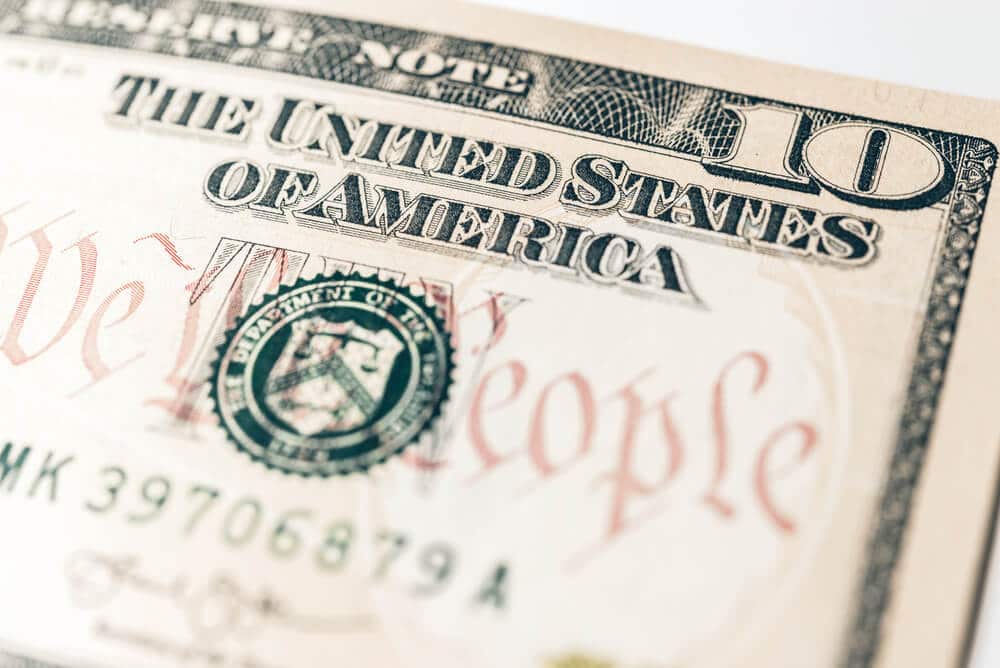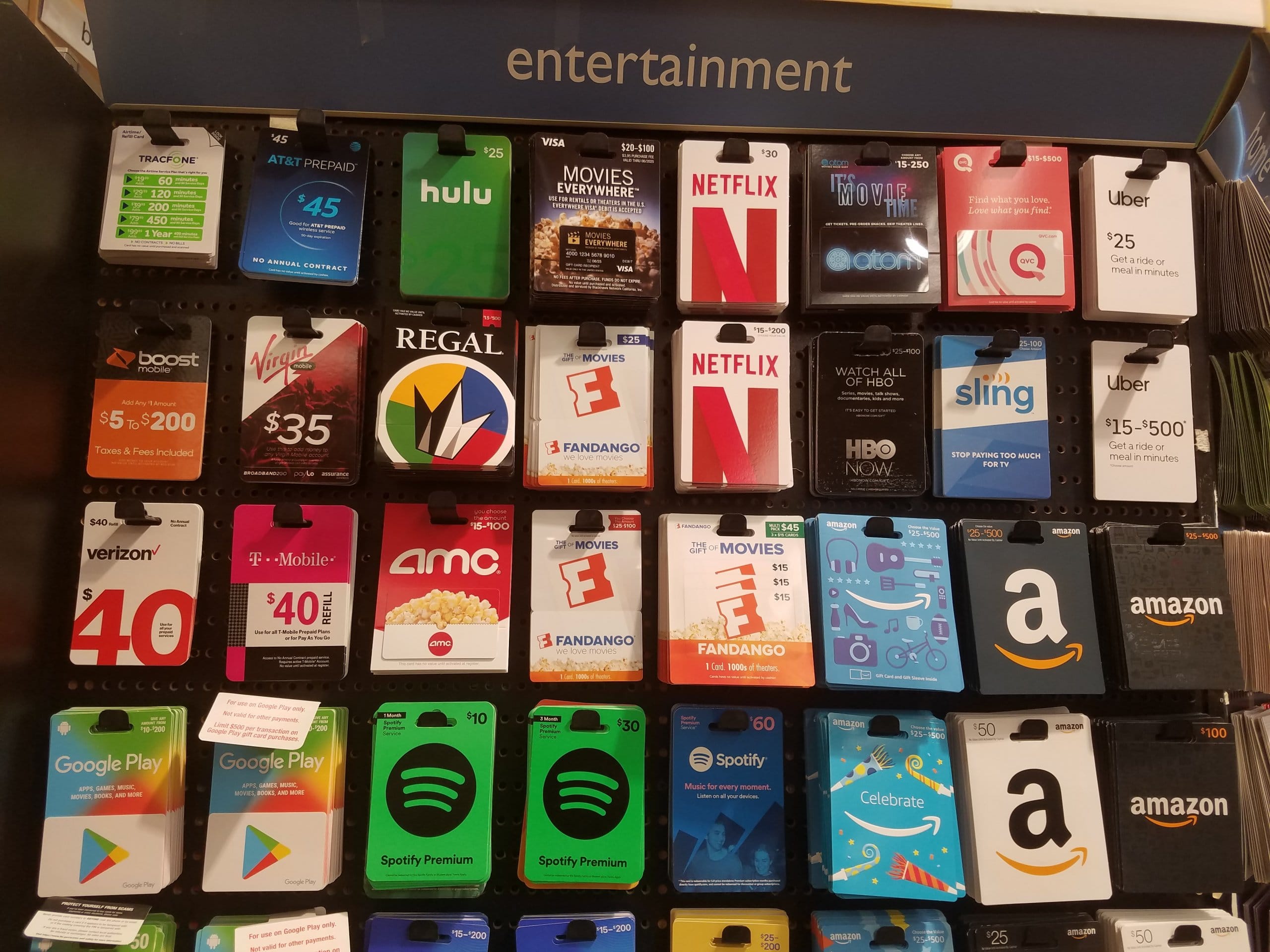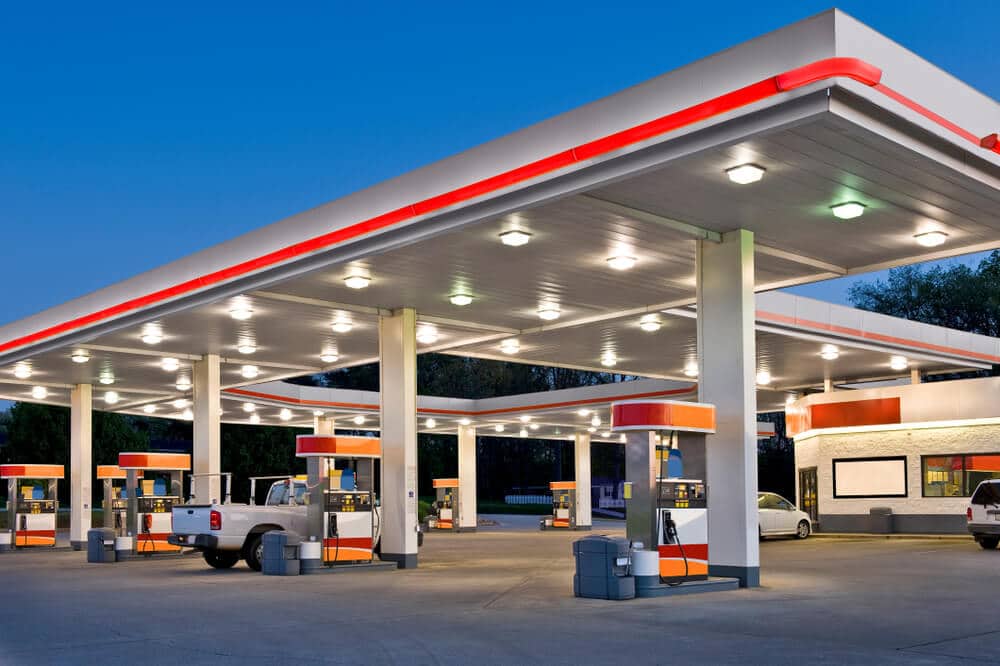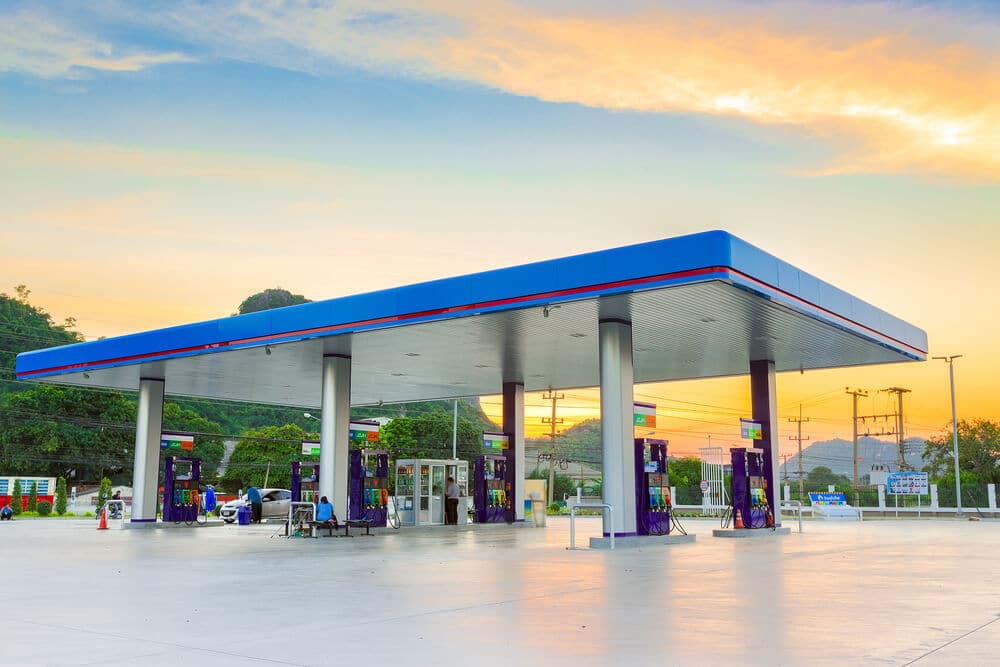Short Answer — A 1950 $10 bill may be worth as little as its face value ($10) or as high as several hundred dollars depending on its condition, serial number, and unique or rare printing features. For more information about how to find the value of a 1950 $10 bill, see below.
How Much Is a 1950 $10 Bill Worth?
Most 1950 $10 bills are not high in value. Age alone doesn’t make bills worth more money on the collectible currency market. The bill may be worth as little as its face value of $10.[1]
The bill may not even be quite as old as you think; unlike coins, which are identified by the year they’re minted, bills are identified by the year that the design was adopted.
A letter (series 1950A, 1950B, etc.) is added for every minor change to that same design.[2]
However, collectors are willing to pay considerable sums for bills with unique traits like unusual misprints or unique serial numbers.
A bill’s value depends on several factors: its condition, serial number, whether it includes a star note, and whether it includes any notable misprints.[3]
We detail these factors below to help you determine the worth of your 1950 $10 bill.
Condition
The better the condition of a bill, the more money it’ll be worth.
Grading systems may vary somewhat depending on the appraiser, but usually consider whether the bill has any wear, folds marks, tears, water damage, or damaged corners.
“Crisp uncirculated” currency is of the highest value, featuring no fold marks or wears, a crisp and deeply colored surface, and sharp corners. [4]
An uncirculated 1950 $10 bill with no other significant features will usually sell for around $35.[5] Bills in lesser condition will fetch smaller prices.
Serial Numbers and Star Notes
The serial number is a collection of numbers and letters appearing on the bill to denote each bill’s unique identity and the series year.
Some bills also include a “star note,” a suffix added to the serial number when a bill is replaced due to damage during production.[2]
The most valuable star notes are those older than the year 1935, so having a 1950 $10 bill with a star note is not enough to make it worth more than face value.[6]
Other irregularities in the serial number can make a 1950 $10 bill more valuable, however. The most popular serial oddities include:[7][8]
- Solid serial numbers: Made up of only one number, e.g., 33333333
- Low serial numbers: Made up of two or less digits, e.g., 00000003
- Trailing zeros: A number followed by zeros, e.g., 30000000
- Ladders: A sequence of numbers, e.g., 12345678
- Radar serial numbers: Read the same forward or backward, e.g., 34444443
- Flippers: Read the same upside down, e.g., 86688998
- Repeaters: Made up of a number that repeats, e.g., 31403140
- Binary: Made up of only “0” and “1,” e.g., 10010011
- Standalones: Made up of a number surrounded by zeros, e.g., 00030000
It’s difficult to name an exact value for each of these “fancy” serial number types since your valuation will depend on the other factors discussed here.
Still, if you have a bill in good to excellent condition, these features can increase its value even further. Many bills of these types in good condition sell for $50 to $100 or more.[9]
Valuable Misprints
Misprinting refers to any errors that occurred during the printing process.
It’s important to note that no misprint is unique. Often, when one mistake is made, many more notes are printed the same way before the problem is detected. The value is often based on the rarity of the misprint.
Some examples of misprints include seals and serial numbers appearing in the wrong spot, missing elements, mismatched serial numbers, inverted signatures, and ink smears — each having its own unique value.[10]
You might have noticed something missing on a 1950 $10 bill when compared to current bills: it doesn’t include the motto “In God We Trust.” This isn’t a misprint — the words weren’t added to the $10 bill’s design until 1964.[11]
Upside down flags printed on the bill’s back are also not considered a misprint and add no value to the bill.[12]
Where to Buy/Sell
Since the value of a 1950 $10 bill varies so widely, your best bet when buying or selling is to consult an expert on currency collection, such as Manifest Auctions or American Rarities.
The eBay Coins & Paper Money marketplace can also be a good place to buy and sell, connecting collectors and sellers worldwide.
 William Lipovsky
William Lipovsky







I got a 1950 B $10 where I work today. Serial # J72760708A I’m really curious as I’ve never seen this old of a bill before.
Hi Mary,
Unfortunately, it doesn’t look like your serial number contains any unique identifiers that would increase the value of the bill. Unless the bill is in mint condition, it’s likely only worth face value. Sorry I couldn’t bring you better news!
1950 $10 bill serial number C75639793B. Ment condition
Hi Charla,
Unfortunately, it looks like your serial number doesn’t contain any unique identifiers that would increase the value of the bill. If the bill is in true mint condition (crisp, uncirculated, with no tears, folds, or other signs of wear), then it could still be worth up to $20 for a Series A through D bill, or even up to $35 if it’s a Series E bill (as these are more rare than the other series). I hope this helps!
I have 1950 10$ bill serial # A36698604C is it worth anything?
Hi TM,
Unfortunately, it doesn’t look like your serial number contains any unique identifiers that would increase the bill’s value. Unless the bill is in mint condition, it’s likely only worth face value. Sorry I couldn’t bring you better news!
I have a 1950 D series $10 bill… Serial number B24798572J…. It looks like the bill wasn’t aligned right cause it’s uneven.. Does that mean anything?
Hi Kristina,
Unfortunately, it doesn’t look as though your serial number contains any unique identifiers that would increase the bill’s value. However, the misalignment could make the bill more valuable to collectors (especially if the bill is in excellent or mint condition). A very minor misalignment may add to the bill’s value a little or not at all, while a severe flaw can increase the bill’s value many times over. If the misalignment on your bill is very noticeable or prominent, it’s worth taking the bill in to a local currency dealer or sending a clear picture or scanned image to an appraiser. Best of luck!
I have a 1950 10 dollar bill g06833286b and the right stamp on the front is more to the left then others that I have found
Hi Austen,
It doesn’t look like your serial number features any notable or rare characteristics that would increase the bill’s value. The incorrect placement of the seal may increase the value of the bill (especially if the bill is in excellent or mint condition). It’s tough to say exactly how much the value will be affected, as it will depend on the severity of the misplacement. A very minor defect may increase the bill’s worth a little or not at all, while a severe flaw can increase the bill’s worth many times over. If the defect appears to be significant, it may be worth taking the bill in to a local currency dealer or sending a clear picture or scanned image to an appraiser.
I have a 1950 D Serial A 09658340D Is this special and worth over face value?
Hi Jean,
Unfortunately, it doesn’t look like your serial number features any rare characteristics that would make the bill more valuable. Unless it’s in mint condition, it’s likely only worth face value. Sorry I couldn’t bring you better news!
hello there i have a 1950 c series also that is slightly misprinted the entire front print is shifted towards the bottom left, but not off the paper. J11624322B
Jared,
Unfortunately, it doesn’t look like your serial number features any rare characteristics that would increase the bill’s value. However, the misalignment error could definitely make the bill more valuable to collectors. Misalignments can increase the bill’s value up to ten times ($100) in some cases, especially if it’s in mint condition. To get an exact estimate for your bill, it’s worth taking the bill into a local currency dealer or sending a clear picture or scanned image to an appraiser. Best of luck!
Hi I have a 1950 G 10 dollar bill. Series number G60557067A.
Eric,
Unfortunately, it doesn’t look like your serial number includes any unique identifiers that would increase the bill’s value. Unless the bill is in mint condition (meaning that it has no tears, folds, or other signs of wear), it’s likely only worth face value. Sorry I couldn’t bring you better news!
Hello, I have a ten dollar bill from 1950.”C” series C68953659A
Hi Jeannie,
Unfortunately, it doesn’t look like your serial number includes any unique identifiers that would increase the bill’s value. Unless the bill is in mint condition (meaning that it has no tears, folds, or other signs of wear), it’s likely only worth face value. Sorry I couldn’t bring you better news!
F 95468704 B
Hi Gordon!
Unfortunately, it looks like your serial number doesn’t contain any unique identifiers that would increase the value of the bill. Unless the bill is in mint condition, it’s likely only worth face value. If it is in mint condition, it may be worth as much as double the face value, or $20. I’m sorry I couldn’t bring you better news!
E21486248B, also the top white and left borders are smaller than the bottom and right borders. Not mint but very good shape.
Hi Trevis,
It doesn’t look like your serial number contains any unique identifiers that would increase the bill’s value. However, if the irregularity in the borders is very noticeable, this could have an effect on the worth of the bill. Very noticeable asymmetrical cuttings could increase the bill’s value by up to ten times, while minor asymmetry might not increase it at all. To find out the value for your particular bill, you can visit a local currency dealer, or send a clear picture or scanned image to an appraiser, I hope this helps!
Hi, I’m Aaron and I came across this ten dollar bill series b G34835851F not in mint condition but not in bad condition.
Hi Aaron,
Unfortunately, it looks like your serial number doesn’t include any rare characteristics that would increase the bill’s value. Since the bill is not in mint condition, it is likely only worth face value. I’m sorry I couldn’t bring you better news!
I have $10.00, 1950c s# c26675150c on front of bill top edge is cut off at an angle, and the back is normal.
Hi Mark,
Unfortunately, it doesn’t look like your serial number includes any unique identifiers that would increase the bill’s value. However, a significant or very noticeable miscut can make the bill more valuable to collectors, sometimes increasing the value by up to ten times. A minor or barely noticeable miscut may not affect the value at all. To get an estimate on your particular bill, it’s a good idea to take it to a local currency appraiser, or send a picture or scanned image to an appraiser. Best of luck!
I have a $10 1950 E series with serial number G97636659H. In very good condition with folds hardly noticeable. Any idea the value? Besides just$10. 🙂 thanks
Hi Nathan,
It looks like your serial number doesn’t include any rare characteristics that would increase the bill’s value. Unfortunately, to qualify as mint condition, bills typically need to appear “crisp and uncirculated,” with no signs of wear including tears or folds. If it shows fold marks at all, unfortunately, the bill is likely only worth face value. Sorry I couldn’t bring you better news!
Thanks for the reply!
I have a mint condition 1950 series $10 bill. Its 9-I so its from Minneapolis. Serial number is I24854891 A. Is it worth holding onto or should i spend it??
Hi Wiljo,
It doesn’t look like the serial number includes any rare characteristics that would increase the bill’s value. However, with the bill in mint condition (crisp, uncirculated appearance with no tears, folds, or other signs of wear), it could still be worth more than face value. Series A through D mint condition bills can be worth up to $20, and a Series E bill could be worth up to $35. It may be worth looking for a buyer for the bill rather than spending it. I hope this helps!
Thank you Hillary M. Miller for the information!
Hi Wiljo,
You’re very welcome — I’m glad I could help!
A 59559071 A
This Bill is in mint condition and has obvious alignment/cut errors mainly on the front of the bill.
Thank you
Hi Mallory,
It doesn’t look like your serial number contains any unique identifiers that would increase the bill’s value. However, the misalignment/cut errors could definitely make the bill more valuable to collectors. Misalignments can increase the bill’s value up to ten times ($100) in some cases, especially if it’s in mint condition. To get an exact estimate for your bill, it’s worth taking the bill into a local currency dealer or sending a clear picture or scanned image to an appraiser. Best of luck!
i have a 1950 d note serial
L 71403336 C….not in mint condition.
Hi John,
Unfortunately, it doesn’t look like your serial number features any rare characteristics that would increase the bill’s value. Since the bill is not in mint condition, it’s likely only worth face value. Sorry I couldn’t bring you better news!
I have a $10.00 bill. D17881072C .IT also has a letter M 4 in the left corner and at the bottom right corner 4 M 347 series 1950 C SIGNATURE BY Douglas Dillon. Can you please tell me the value of this bill? Thank you.
Hi Rose,
It doesn’t look like your serial number contains any unique identifiers that would increase the bill’s value. The 4, as well as the D at the beginning of the serial number, both designate the place where the bill was printed — in this case, the Cleveland, Ohio mint. The 347 indicates the serial number of the plate with which the bill was printed. These aspects do not affect the value of the bill. Unless the bill is in mint condition (no tears, folds, or other signs of wear), it’s likely only worth face value. I’m sorry I couldn’t bring you better news!
Hello i have a ten $bill 1950 D series. #:. G 99516542 G anything special to increase its value? Thanks
Hi Lance,
Unfortunately, it doesn’t look like your serial number includes any rare characteristics that would increase the bill’s value. Unless the bill is in mint condition (no tears, folds, or other signs of wear), it’s likely only worth face value. Sorry I couldn’t bring you better news!
I have a series 1950 A $10.00 bill with the serial B 54410576 C, also the flag is upside down.
Hi May,
It doesn’t look like your serial number contains any unique identifiers that would increase the value of the bill. Unfortunately, the upside down flag is not considered to be a flaw, and this will not affect the value either. Unless the bill is in mint condition (no tears, folds, or other signs of wear), it is likely only worth face value. Sorry I couldn’t bring you better news!